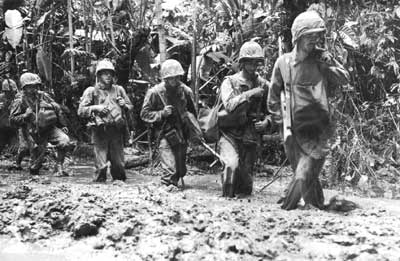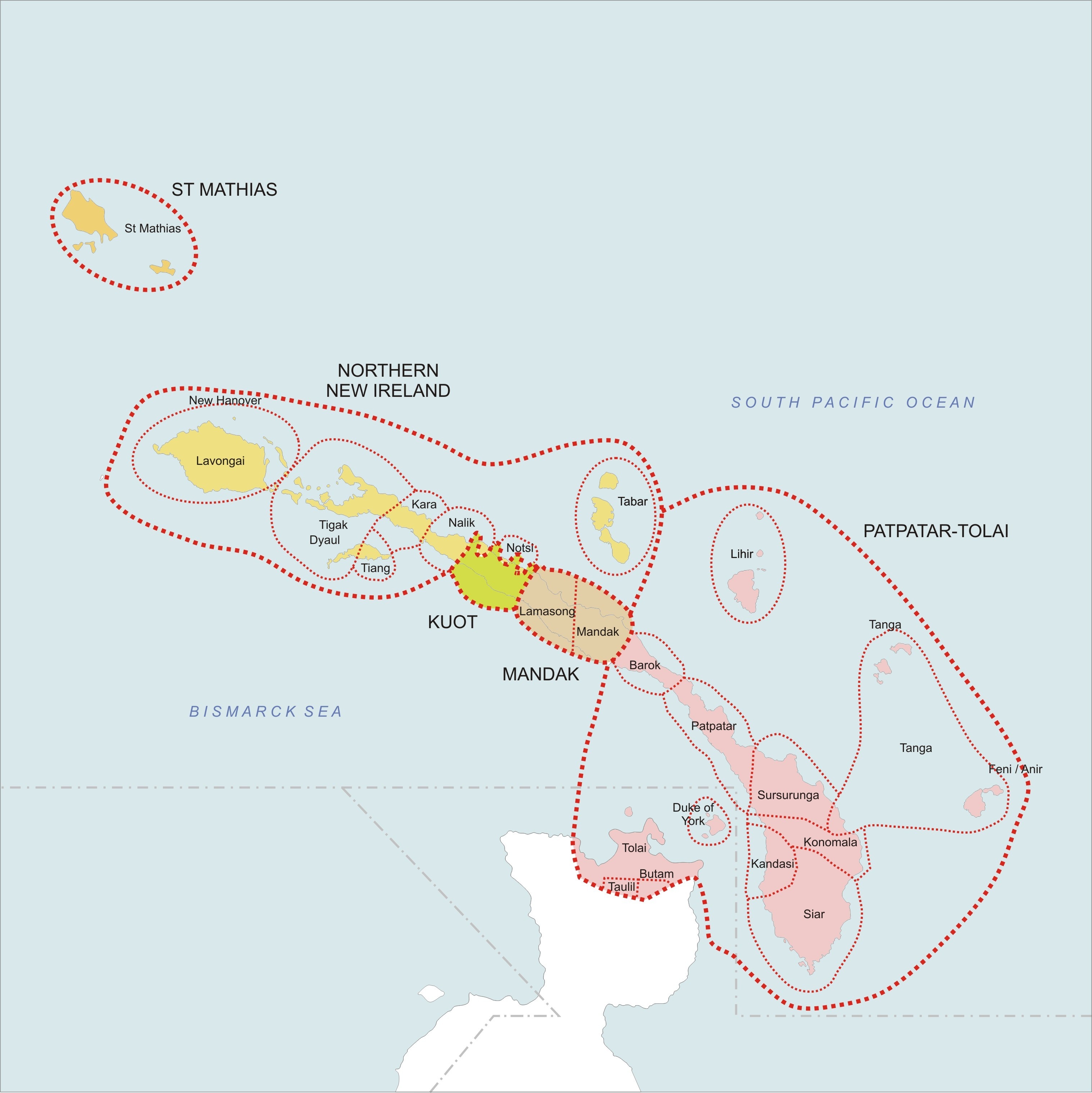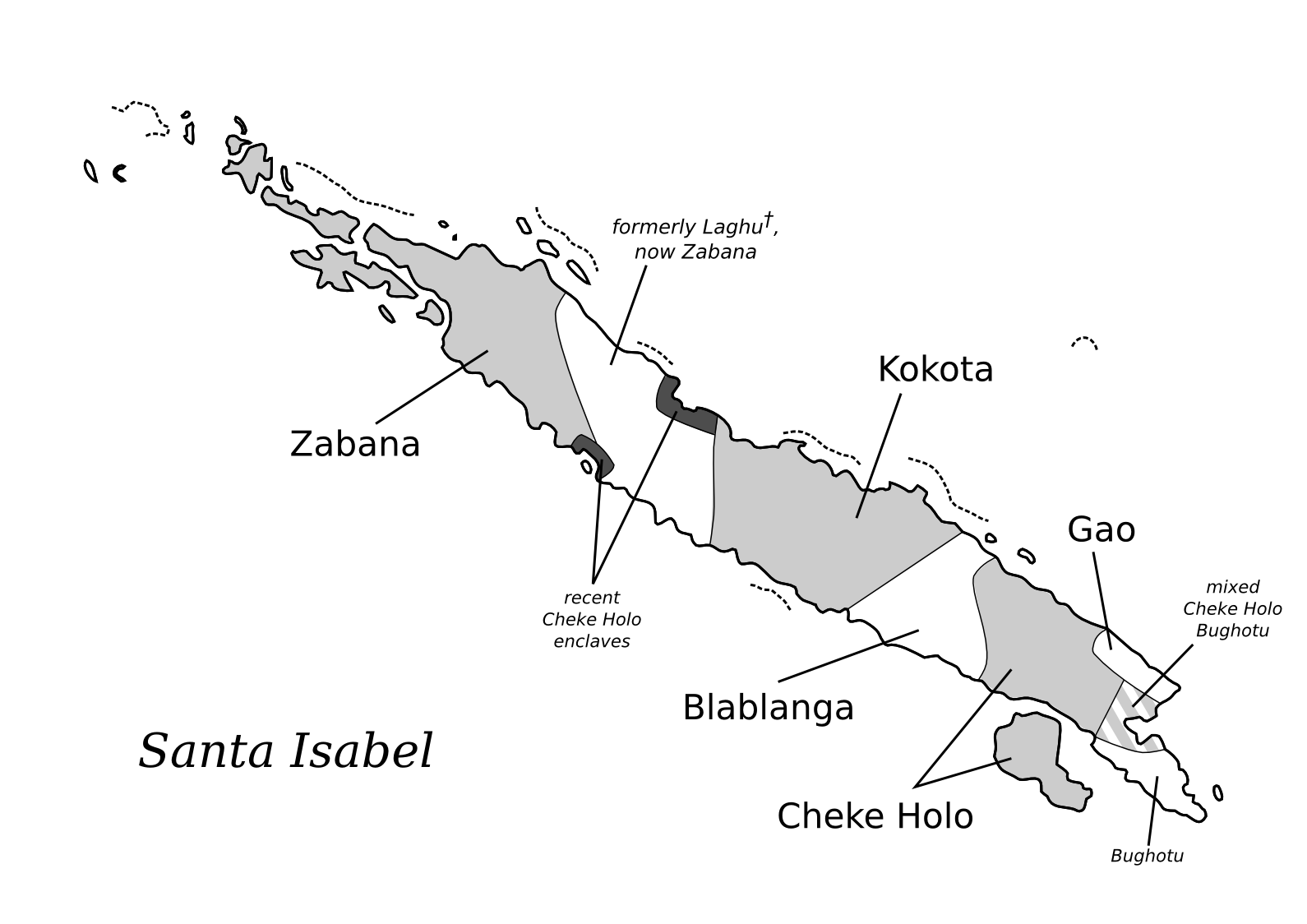|
Teop Language
Teop is a language of northern Bougainville, Papua New Guinea. It falls within the Oceanic languages, a subgrouping of the Austronesian Austronesian may refer to: *The Austronesian languages *The historical Austronesian peoples The Austronesian people, sometimes referred to as Austronesian-speaking peoples, are a large group of peoples who have settled in Taiwan, maritime Sout ... language family. According to Malcolm Ross, Teop belongs to the Nehan-Bougainville family of languages, part of the Northwest Solomonic group of the Meso-Melanesian cluster within the Oceanic languages. Its closest relative is Saposa. References External links The Teop sketch grammar* Paradisec has two collections of Arthur Cappell's materialsAC1 that include Peop language materials and one collection from Lynne McDonald [...More Info...] [...Related Items...] OR: [Wikipedia] [Google] [Baidu] |
Papua New Guinea
Papua New Guinea, officially the Independent State of Papua New Guinea, is an island country in Oceania that comprises the eastern half of the island of New Guinea and offshore islands in Melanesia, a region of the southwestern Pacific Ocean north of Australia. It has Indonesia–Papua New Guinea border, a land border with Indonesia to the west and neighbours Australia to the south and the Solomon Islands to the east. Its capital, on its southern coast, is Port Moresby. The country is the world's third largest list of island countries, island country, with an area of . The nation was split in the 1880s between German New Guinea in the North and the Territory of Papua, British Territory of Papua in the South, the latter of which was ceded to Australia in 1902. All of present-day Papua New Guinea came under Australian control following World War I, with the legally distinct Territory of New Guinea being established out of the former German colony as a League of Nations mandate. T ... [...More Info...] [...Related Items...] OR: [Wikipedia] [Google] [Baidu] |
Bougainville Island
Bougainville Island (; Tok Pisin: ''Bogenvil'') is the main island of the Autonomous Region of Bougainville, which is part of Papua New Guinea. Its land area is . The highest point is Mount Balbi, on the main island, at . The much smaller Buka Island, , lies to the north, across the wide Buka Passage, Buka Strait. Even though the strait is narrow, there is no bridge across it, but there is a regular ferry service between the key settlements on either side. The main airstrip in the north is in the town of Buka. Buka has an outcropping that is from New Ireland (island), New Ireland. Among the large islands of Papua New Guinea, New Ireland is the closest to Buka. Bougainville is the largest island in the Solomon Islands (archipelago), Solomon Islands archipelago. It was previously the main landmass in the North Solomon Islands, North Solomons, which were associated with the German Empire. Most of the islands in this archipelago (which are primarily concentrated in the southern ... [...More Info...] [...Related Items...] OR: [Wikipedia] [Google] [Baidu] |
Malayo-Polynesian Languages
The Malayo-Polynesian languages are a subgroup of the Austronesian languages, with approximately 385.5 million speakers. The Malayo-Polynesian languages are spoken by the Austronesian peoples outside of Taiwan, in the island nations of Southeast Asia (Indonesia and the Philippine Archipelago) and the Pacific Ocean, with a smaller number in continental Asia in the areas near the Malay Peninsula, with Cambodia, Vietnam and the Chinese island Hainan as the northwest geographic outlier. Malagasy, spoken on the island of Madagascar off the eastern coast of Africa in the Indian Ocean, is the furthest western outlier. Many languages of the Malayo-Polynesian family in insular Southeast Asia show the strong influence of Sanskrit, Tamil and Arabic, as the western part of the region has been a stronghold of Hinduism, Buddhism, and, later, Islam Islam is an Abrahamic religions, Abrahamic monotheistic religion based on the Quran, and the teachings of Muhammad. Adherents of I ... [...More Info...] [...Related Items...] OR: [Wikipedia] [Google] [Baidu] |
Oceanic Languages
The approximately 450 Oceanic languages are a branch of the Austronesian languages. The area occupied by speakers of these languages includes Polynesia, as well as much of Melanesia and Micronesia. Though covering a vast area, Oceanic languages are spoken by only two million people. The largest individual Oceanic languages are Eastern Fijian with over 600,000 speakers, and Samoan with an estimated 400,000 speakers. The Gilbertese (Kiribati), Tongan, Tahitian, Māori and Tolai (Gazelle Peninsula) languages each have over 100,000 speakers. The common ancestor which is reconstructed for this group of languages is called Proto-Oceanic (abbr. "POc"). Classification The Oceanic languages were first shown to be a language family by Sidney Herbert Ray in 1896 and, besides Malayo-Polynesian, they are the only established large branch of Austronesian languages. Grammatically, they have been strongly influenced by the Papuan languages of northern New Guinea, but they retain a rema ... [...More Info...] [...Related Items...] OR: [Wikipedia] [Google] [Baidu] |
Western Oceanic Languages
The Western Oceanic languages is a linkage of Oceanic languages, proposed and studied by . They make up a majority of the Austronesian languages spoken in New Guinea New Guinea (; Hiri Motu: ''Niu Gini''; , fossilized , also known as Papua or historically ) is the List of islands by area, world's second-largest island, with an area of . Located in Melanesia in the southwestern Pacific Ocean, the island is .... Classification The West Oceanic linkage is made up of three sub-linkages:. * North New Guinea linkage * Meso-Melanesian linkage * Papuan Tip linkage The center of dispersal was evidently near the Willaumez Peninsula on the north coast of New Britain. Notes References * * {{Austronesian languages Oceanic languages ... [...More Info...] [...Related Items...] OR: [Wikipedia] [Google] [Baidu] |
Meso-Melanesian Languages
The Meso-Melanesian languages are a linkage of Oceanic languages spoken in the large Melanesian islands of New Ireland and the Solomon Islands east of New Guinea. Bali is one of the most conservative languages. Composition The languages group as follows: * Willaumez linkage: Bola, Bulu, Meramera, Nakanai *Bali–Vitu: Bali (Uneapa), Vitu (Muduapa) ay be a single language*New Ireland – Northwest Solomonic linkage **Tungag–Nalik family: Tigak, Tungag, Nalik, Laxudumau, Kara, Tiang **Tabar linkage: Madara (Tabar), Lihir, Notsi **Madak linkage: Barok, Lavatbura-Lamusong, Madak ** Tomoip ** St George linkage *** Niwer Mil *** Warwar Feni *** Fanamaket *** Sursurunga *** Konomala ***Patpatar–Tolai: Patpatar, Lungalunga (Minigir), Tolai (Kuanua) ***Label–Bilur: Label, Bilur ***Kandas–Ramoaaina: Kandas, Ramoaaina *** Siar *** Northwest Solomonic linkage ''Ethnologue'' adds Guramalum to the St George linkage. The Willaumez Peninsula on the nor ... [...More Info...] [...Related Items...] OR: [Wikipedia] [Google] [Baidu] |
Northwest Solomonic Languages
The family of Northwest Solomonic languages is a branch of the Oceanic languages. It includes the Austronesian languages of Bougainville and Buka in Papua New Guinea, and of Choiseul, New Georgia, and Santa Isabel (excluding Bugotu) in Solomon Islands. The unity of Northwest Solomonic and the number and composition of its subgroups, along with its relationship to other Oceanic groups, was established in pioneering work by Malcolm Ross. Languages Northwest Solomonic languages group as follows: * Nehan – North Bougainville linkage ** Nehan (Nissan) **Saposa–Tinputz: Hahon, Ratsua, Saposa (Taiof)– Teop, Tinputz **Buka: Halia– Hakö, Petats ** Papapana ** Solos * Piva–Bannoni family: Piva (Lawunuia), Bannoni * Mono–Uruavan family: Mono-Alu, Torau, Uruava *Choiseul linkage: Babatana (including Sisingga)– Ririo, Vaghua– Varisi *New Georgia – Ysabel family **New Georgia linkage: Simbo (Simbo Island), Roviana– Kusaghe, Marovo, Hoava, Van ... [...More Info...] [...Related Items...] OR: [Wikipedia] [Google] [Baidu] |
Austronesian Languages
The Austronesian languages ( ) are a language family widely spoken throughout Maritime Southeast Asia, parts of Mainland Southeast Asia, Madagascar, the islands of the Pacific Ocean and Taiwan (by Taiwanese indigenous peoples). They are spoken by about 328 million people (4.4% of the world population). This makes it the fifth-largest language family by number of speakers. Major Austronesian languages include Malay (around 250–270 million in Indonesia alone in its own literary standard named " Indonesian"), Javanese, Sundanese, Tagalog (standardized as Filipino), Malagasy and Cebuano. According to some estimates, the family contains 1,257 languages, which is the second most of any language family. In 1706, the Dutch scholar Adriaan Reland first observed similarities between the languages spoken in the Malay Archipelago and by peoples on islands in the Pacific Ocean. In the 19th century, researchers (e.g. Wilhelm von Humboldt, Herman van der Tuuk) started to apply the ... [...More Info...] [...Related Items...] OR: [Wikipedia] [Google] [Baidu] |
Malcolm Ross (linguist)
Malcolm David Ross (born 1942) is an Australian linguist. He is the emeritus professor of linguistics at the Australian National University. Ross is best known among linguists for his work on Austronesian and Papuan languages, historical linguistics, and language contact (especially metatypy). He was elected as a Fellow of the Australian Academy of the Humanities in 1996. Career Ross served as the Principal of Goroka Teachers College in Papua New Guinea from 1980 to 1982, during which time he self-statedly become interested in local languages, and began to collect data on them. In 1986, he received his PhD from the ANU under the supervision of Stephen Wurm, Bert Voorhoeve and Darrell Tryon. His dissertation was on the genealogy of the Oceanic languages of western Melanesia, and contained an early reconstruction of Proto Oceanic. Malcolm Ross introduced the concept of a linkage, a group of languages that evolves via dialect differentiation rather than by tree-like spli ... [...More Info...] [...Related Items...] OR: [Wikipedia] [Google] [Baidu] |
Nehan-Bougainville Languages
The family of Northwest Solomonic languages is a branch of the Oceanic languages. It includes the Austronesian languages of Bougainville and Buka in Papua New Guinea, and of Choiseul, New Georgia, and Santa Isabel (excluding Bugotu) in Solomon Islands. The unity of Northwest Solomonic and the number and composition of its subgroups, along with its relationship to other Oceanic groups, was established in pioneering work by Malcolm Ross. Languages Northwest Solomonic languages group as follows: * Nehan – North Bougainville linkage ** Nehan (Nissan) **Saposa–Tinputz: Hahon, Ratsua, Saposa (Taiof)– Teop, Tinputz **Buka: Halia– Hakö, Petats ** Papapana ** Solos * Piva–Bannoni family: Piva (Lawunuia), Bannoni * Mono–Uruavan family: Mono-Alu, Torau, Uruava *Choiseul linkage: Babatana (including Sisingga)– Ririo, Vaghua– Varisi *New Georgia – Ysabel family **New Georgia linkage: Simbo (Simbo Island), Roviana– Kusaghe, Marovo, Hoava, Vangunu ... [...More Info...] [...Related Items...] OR: [Wikipedia] [Google] [Baidu] |



